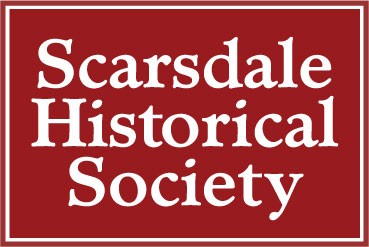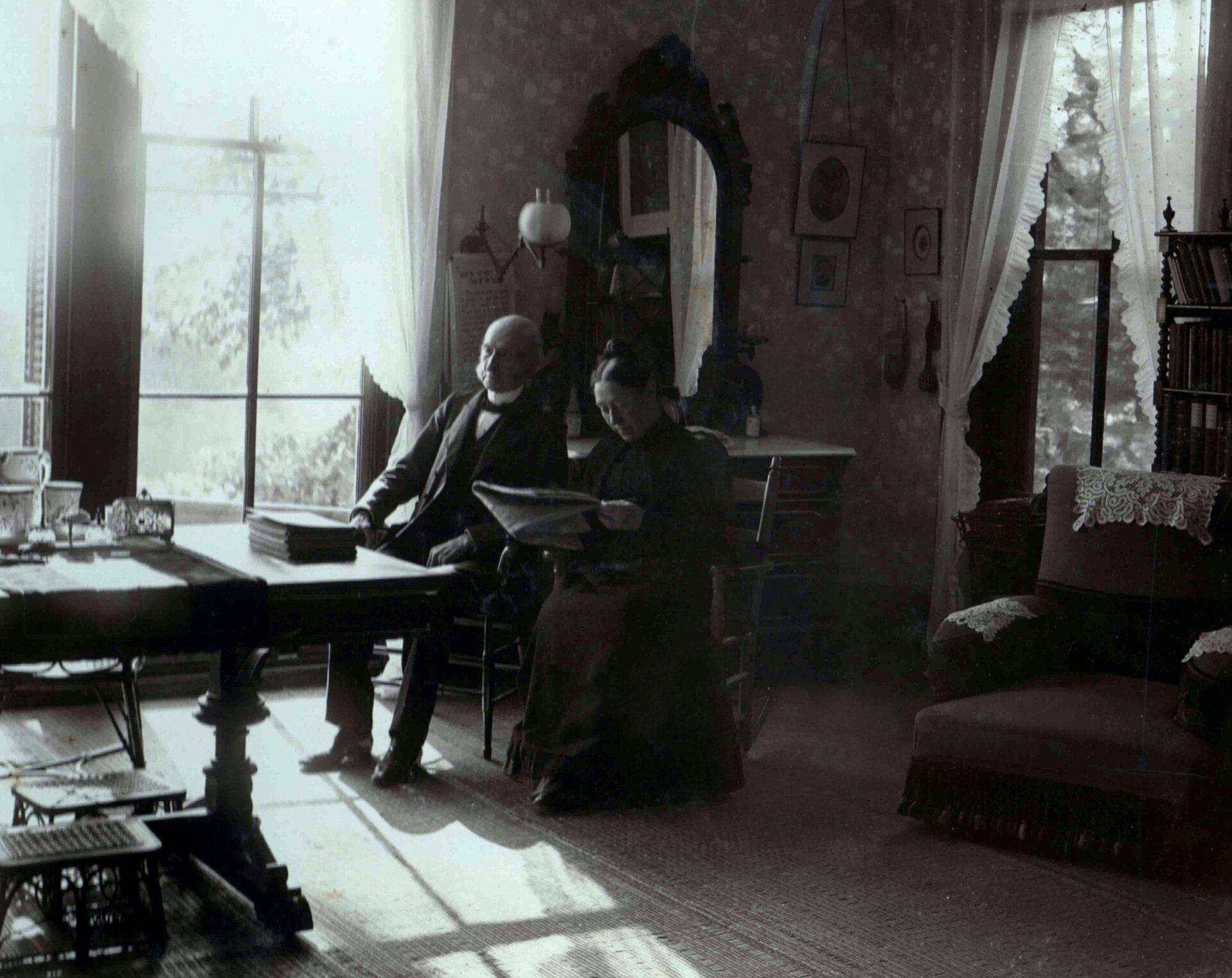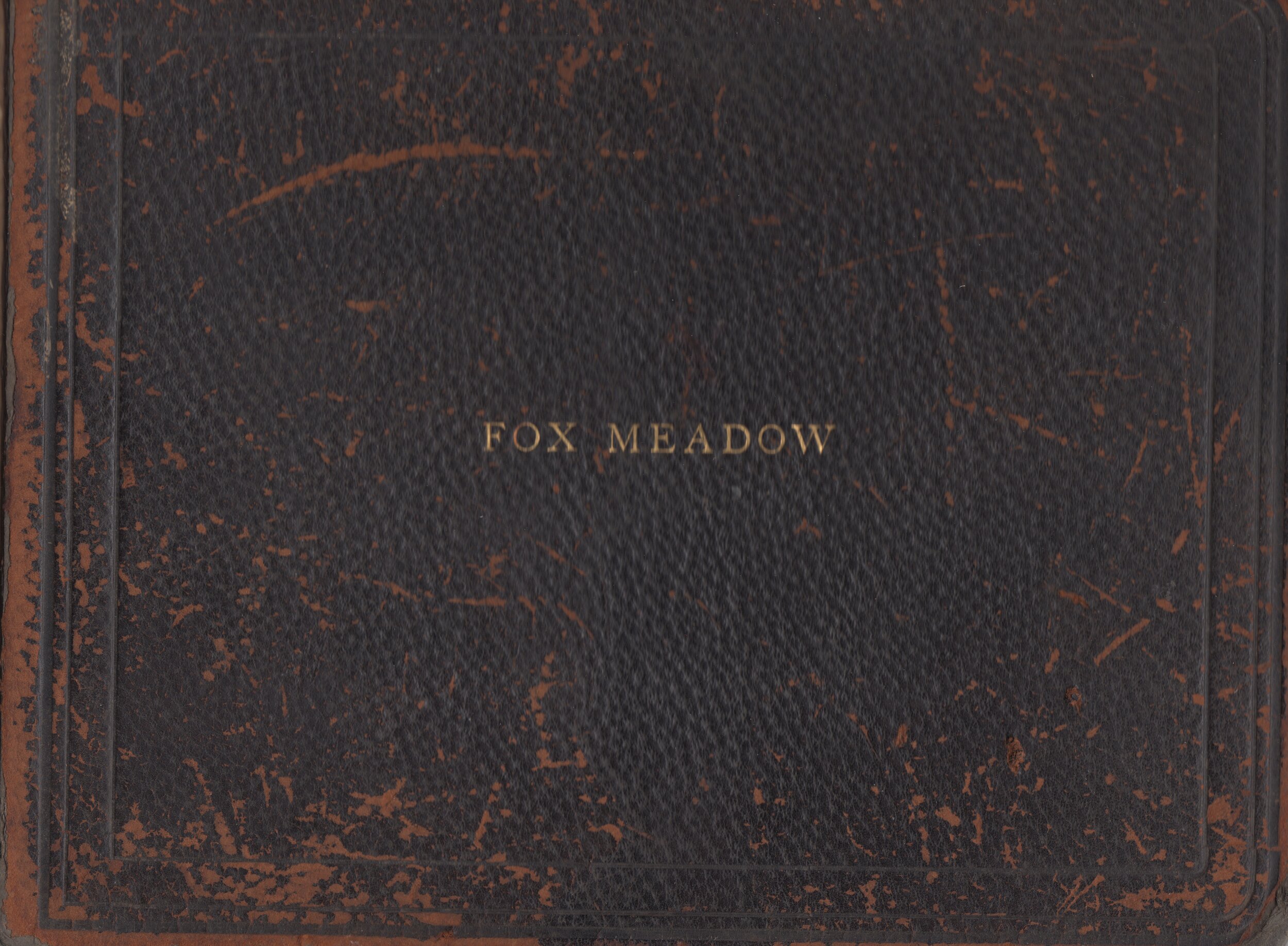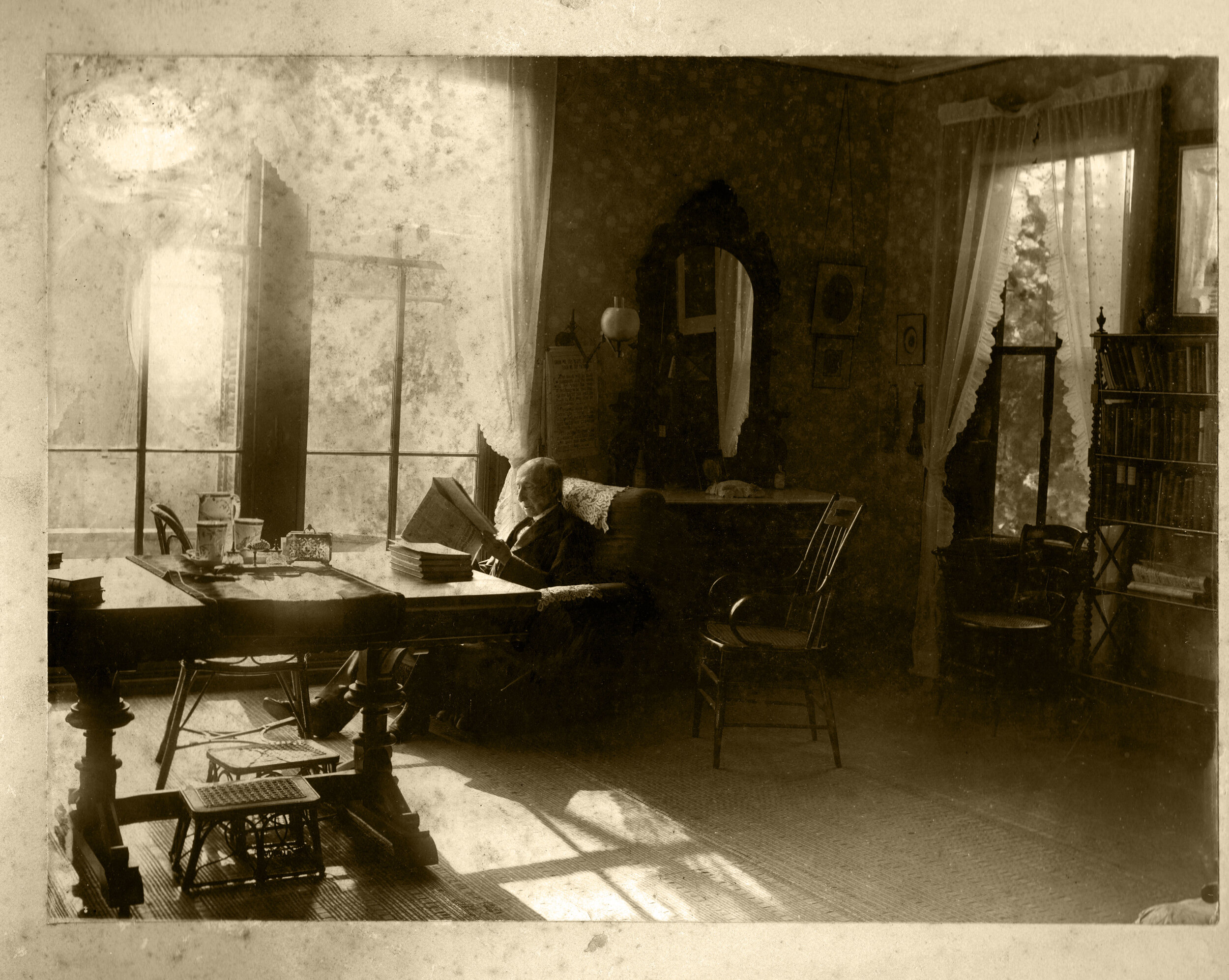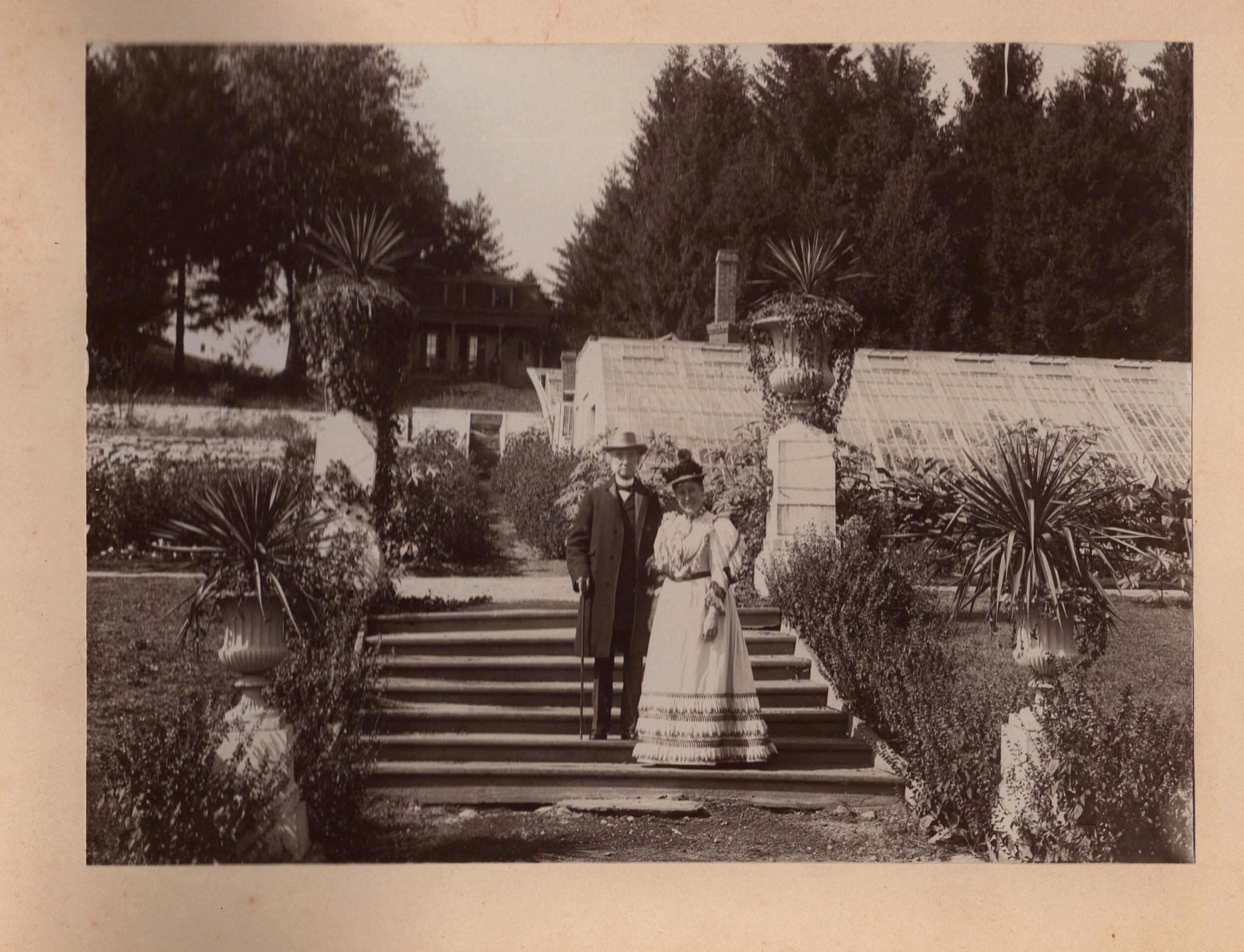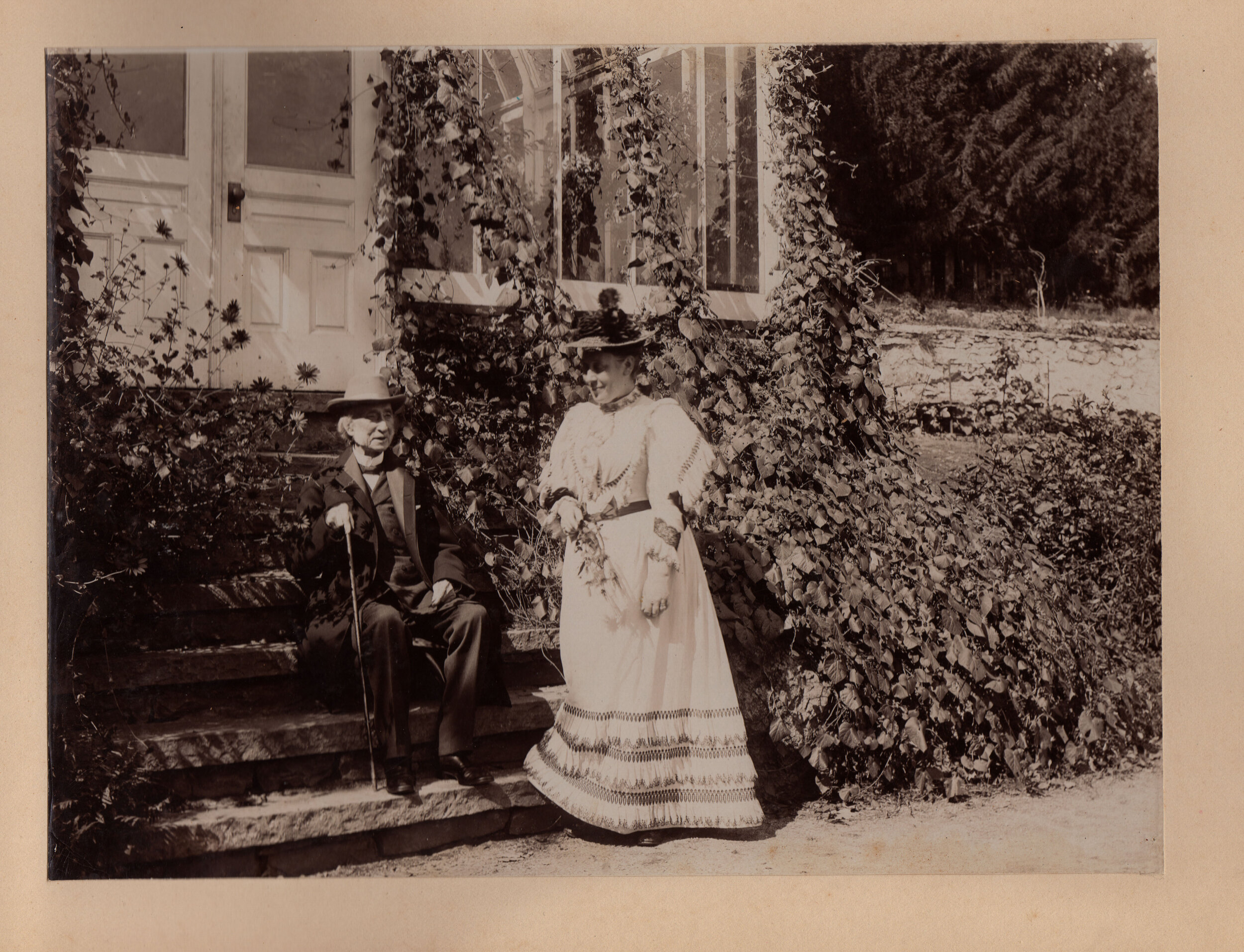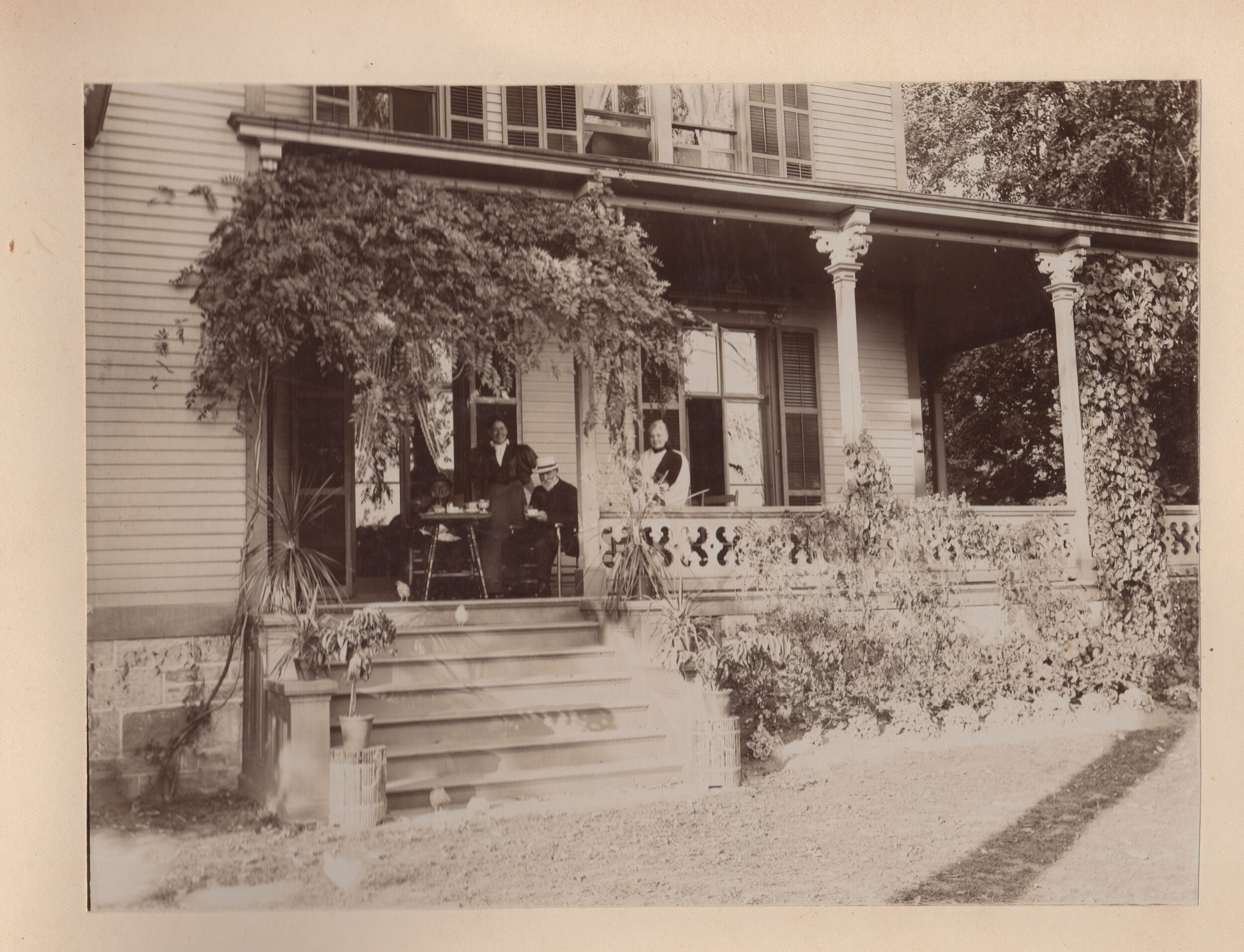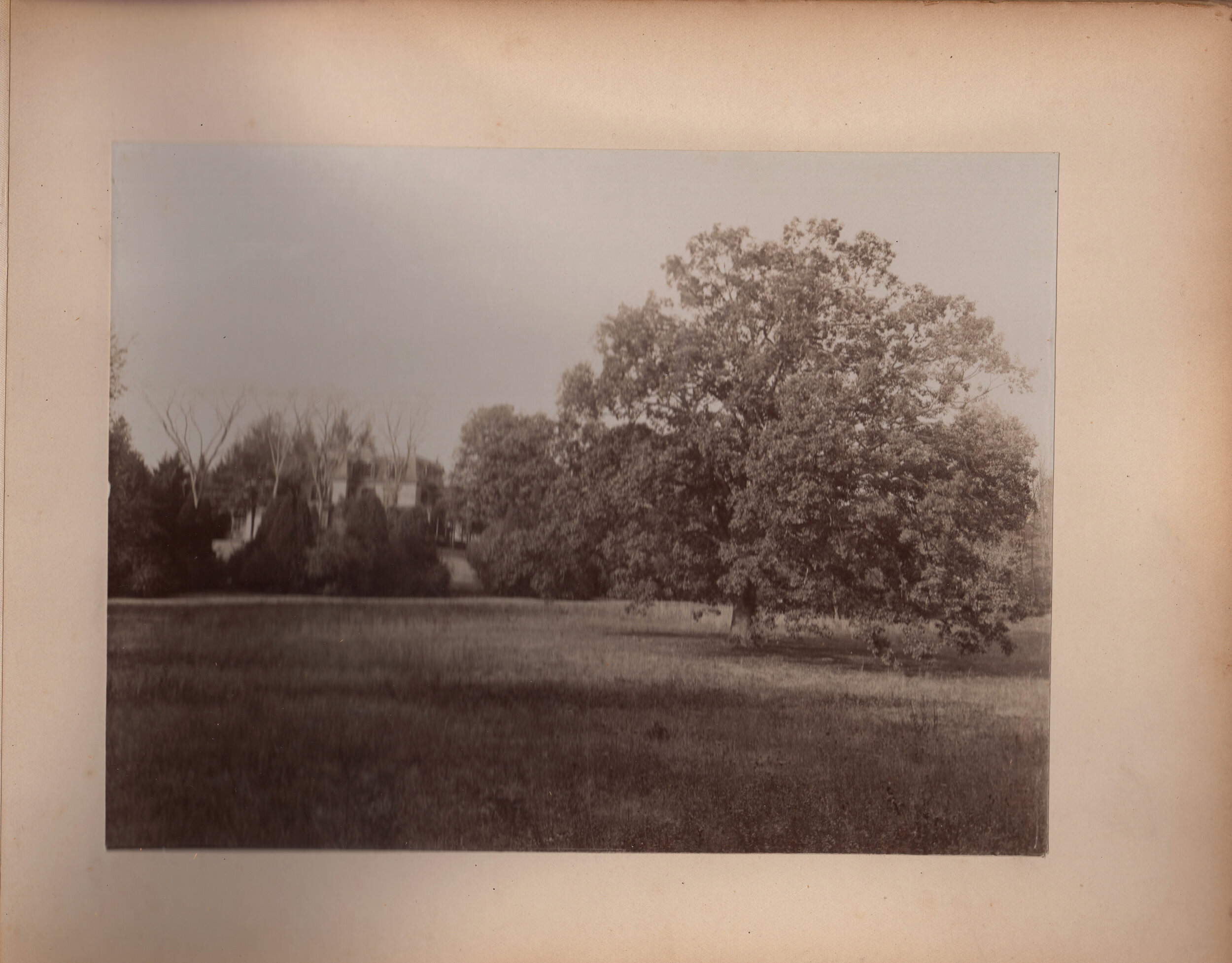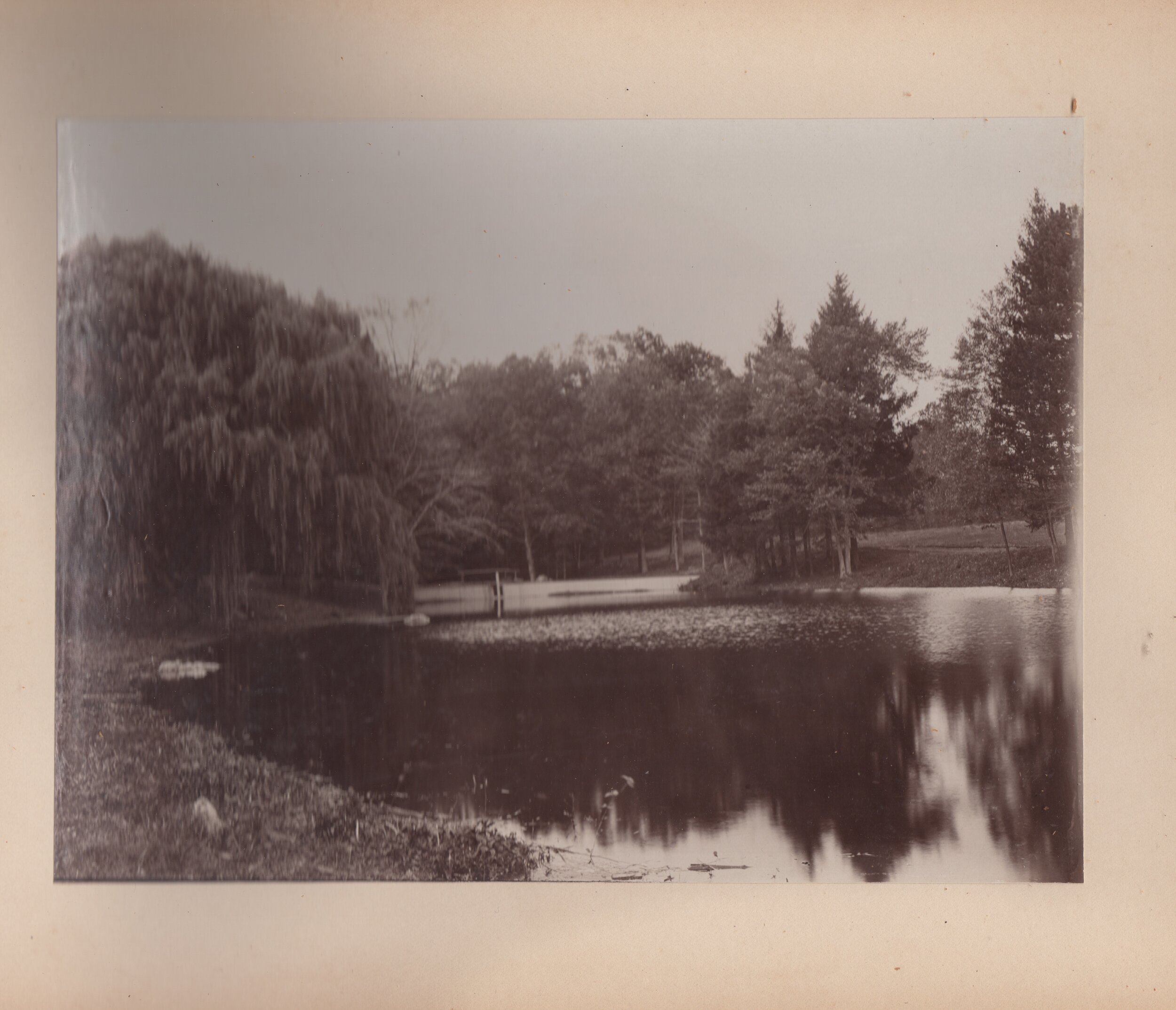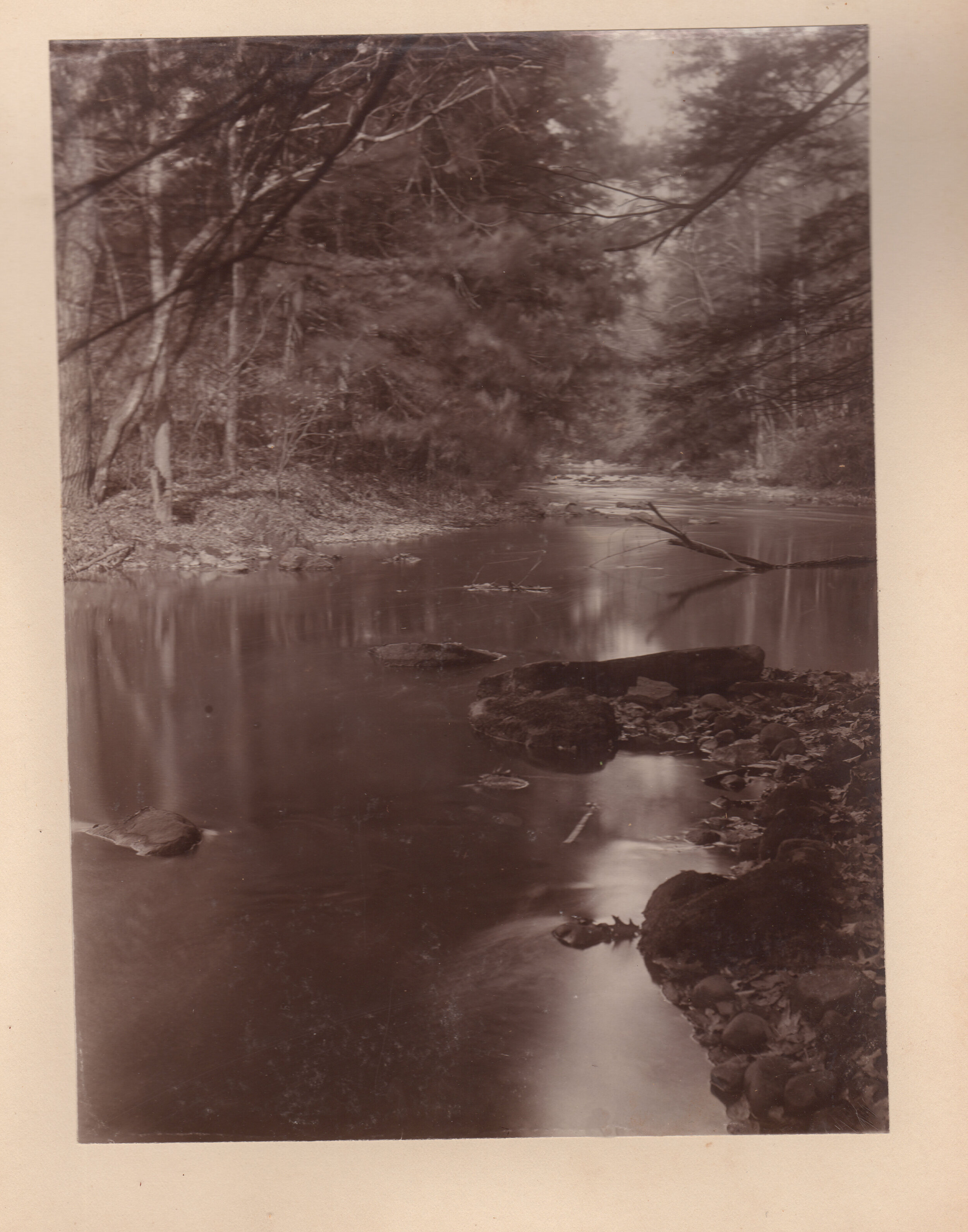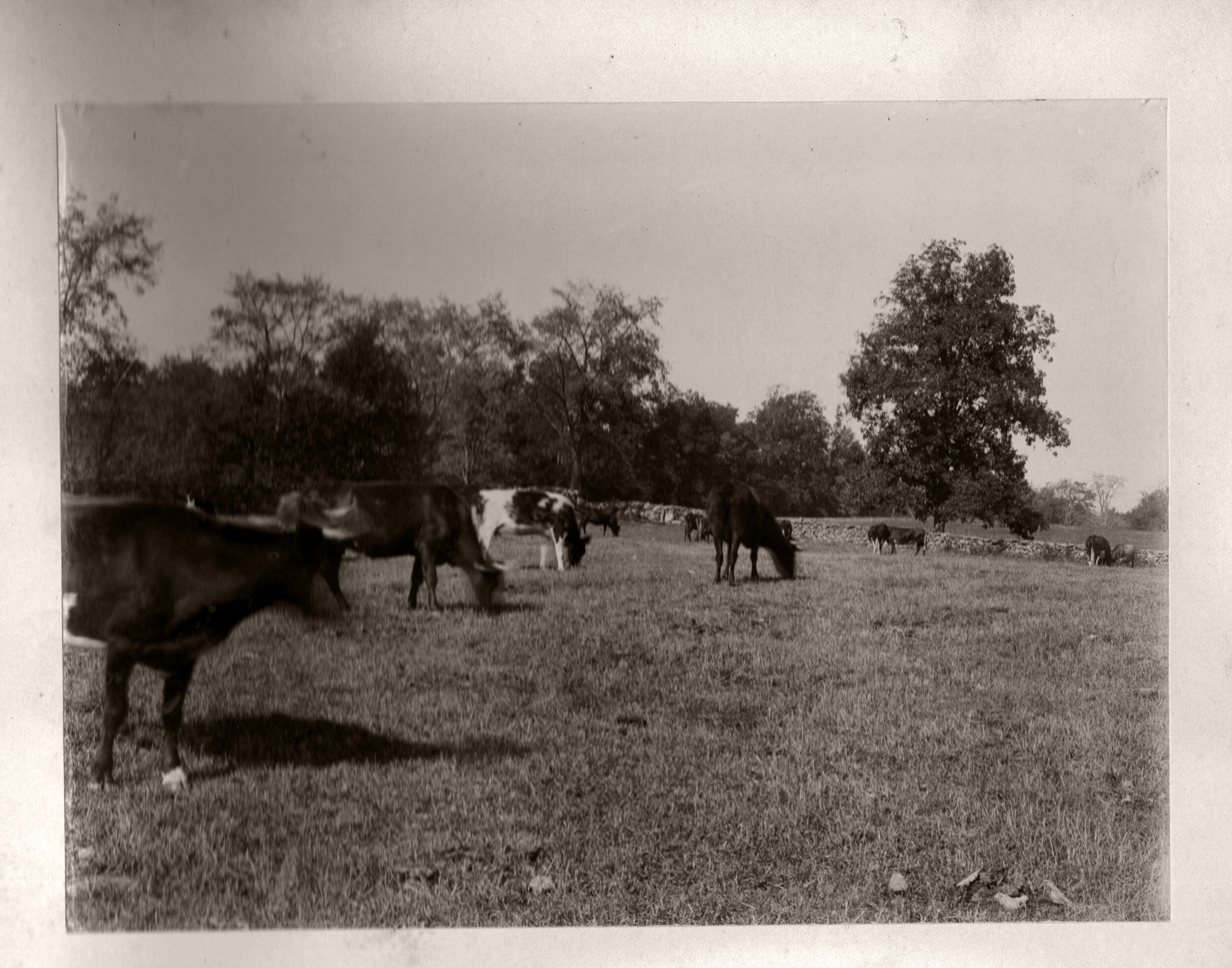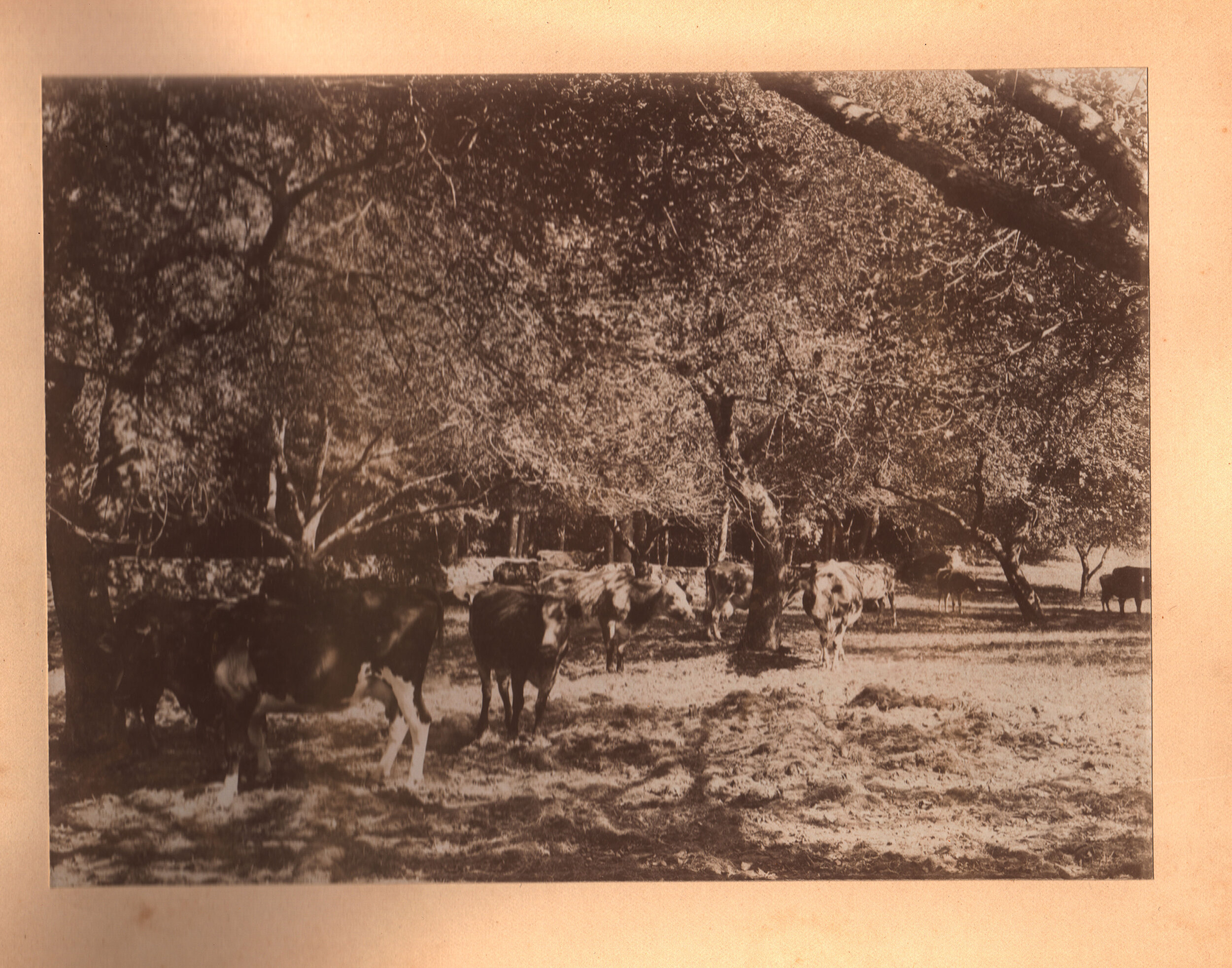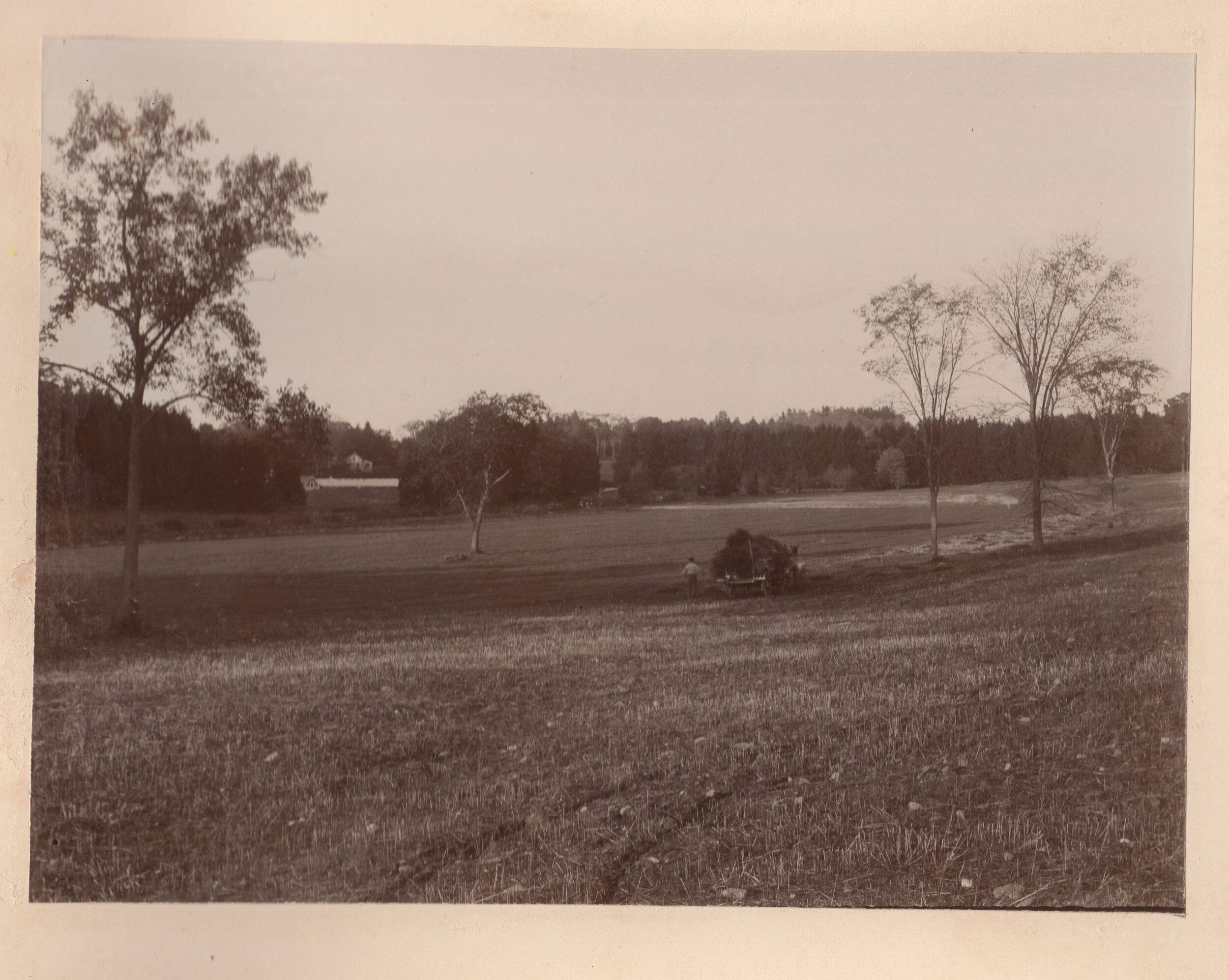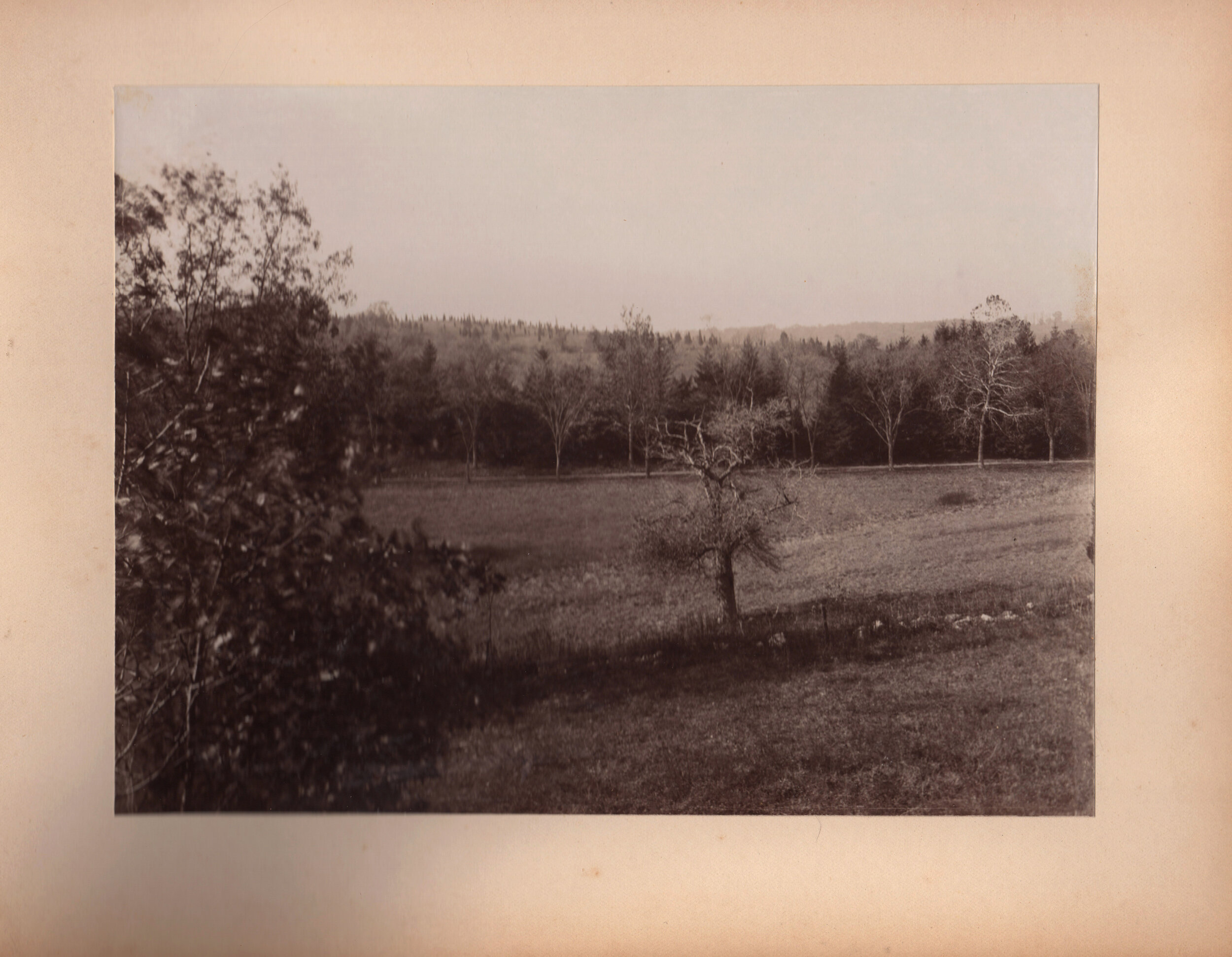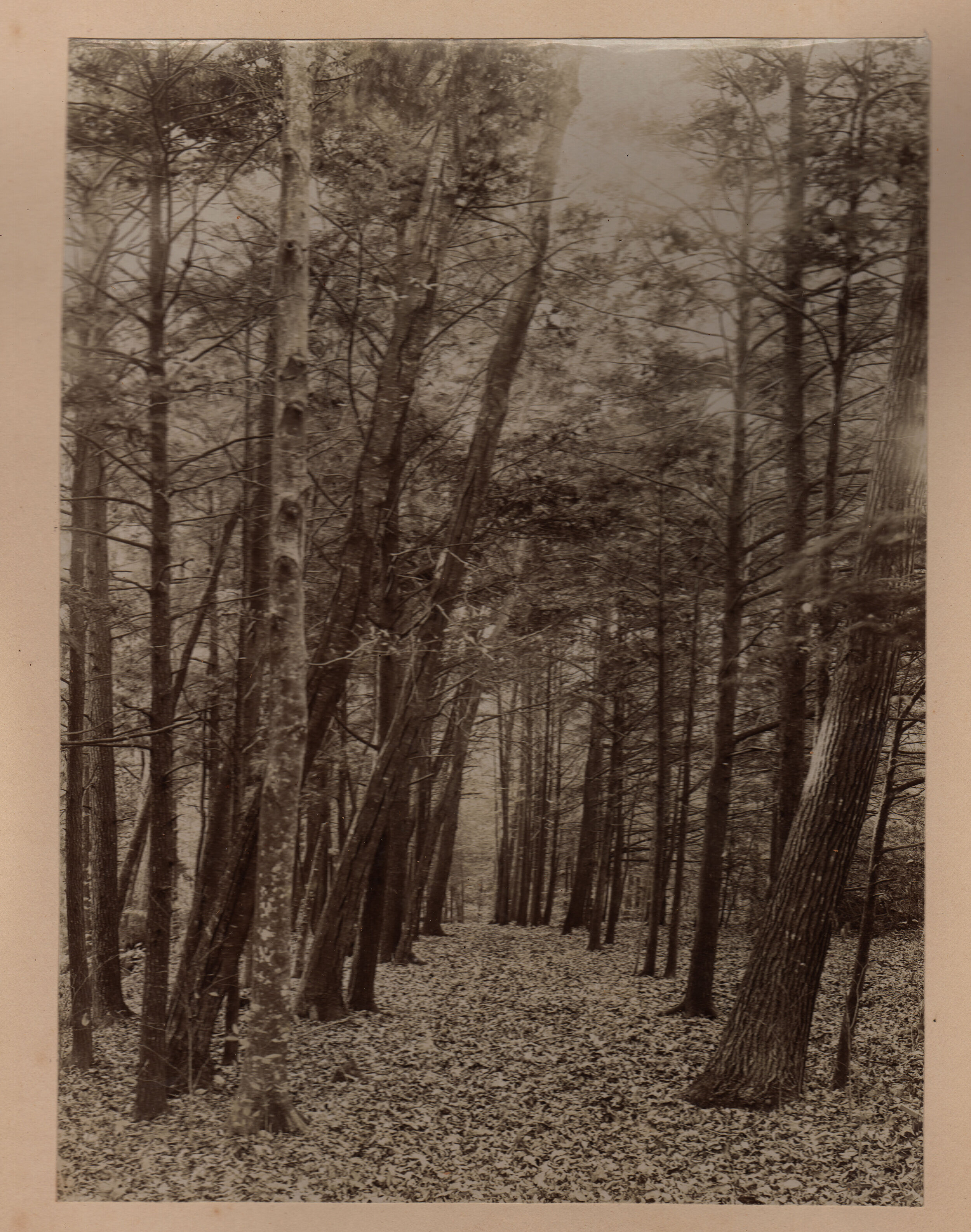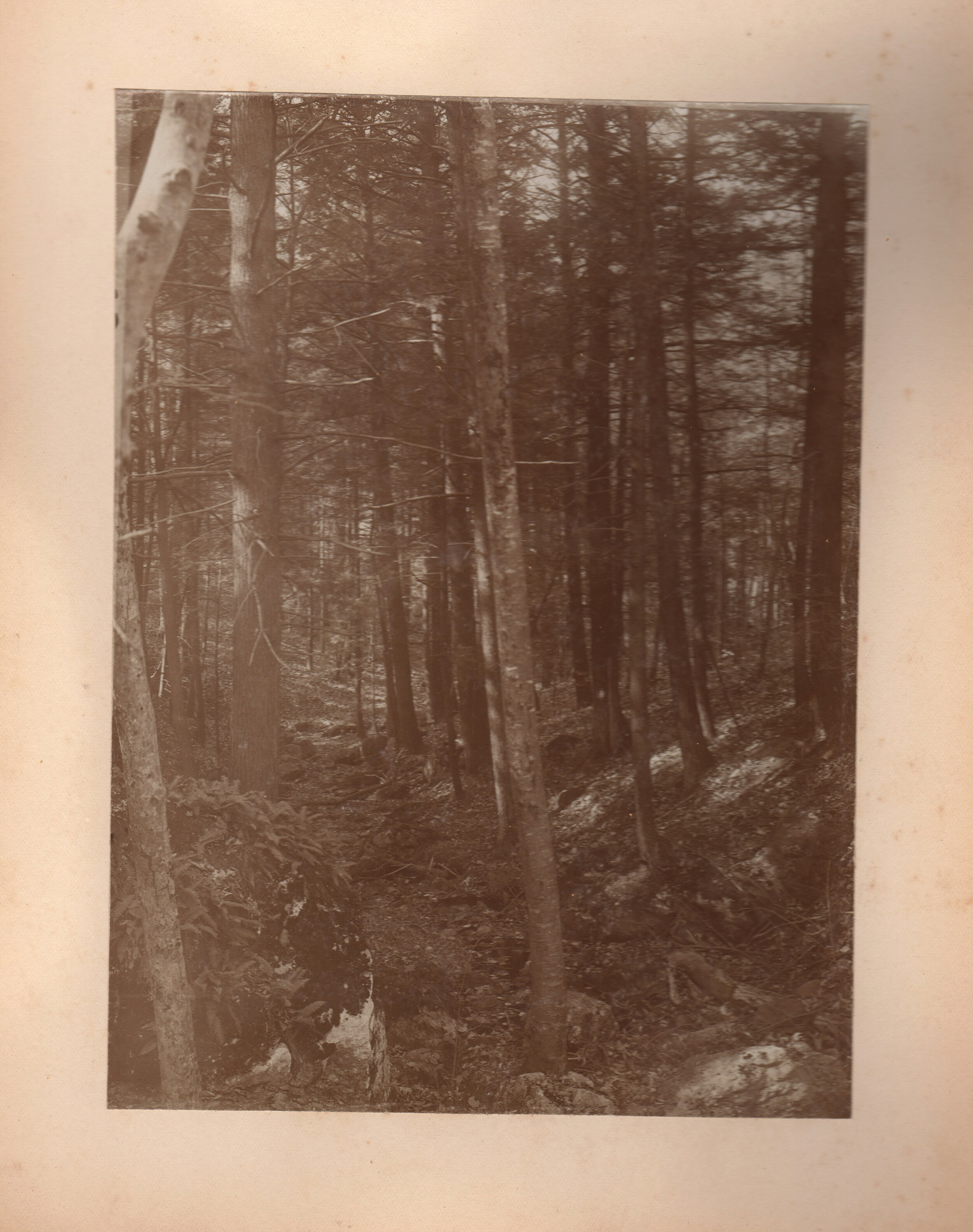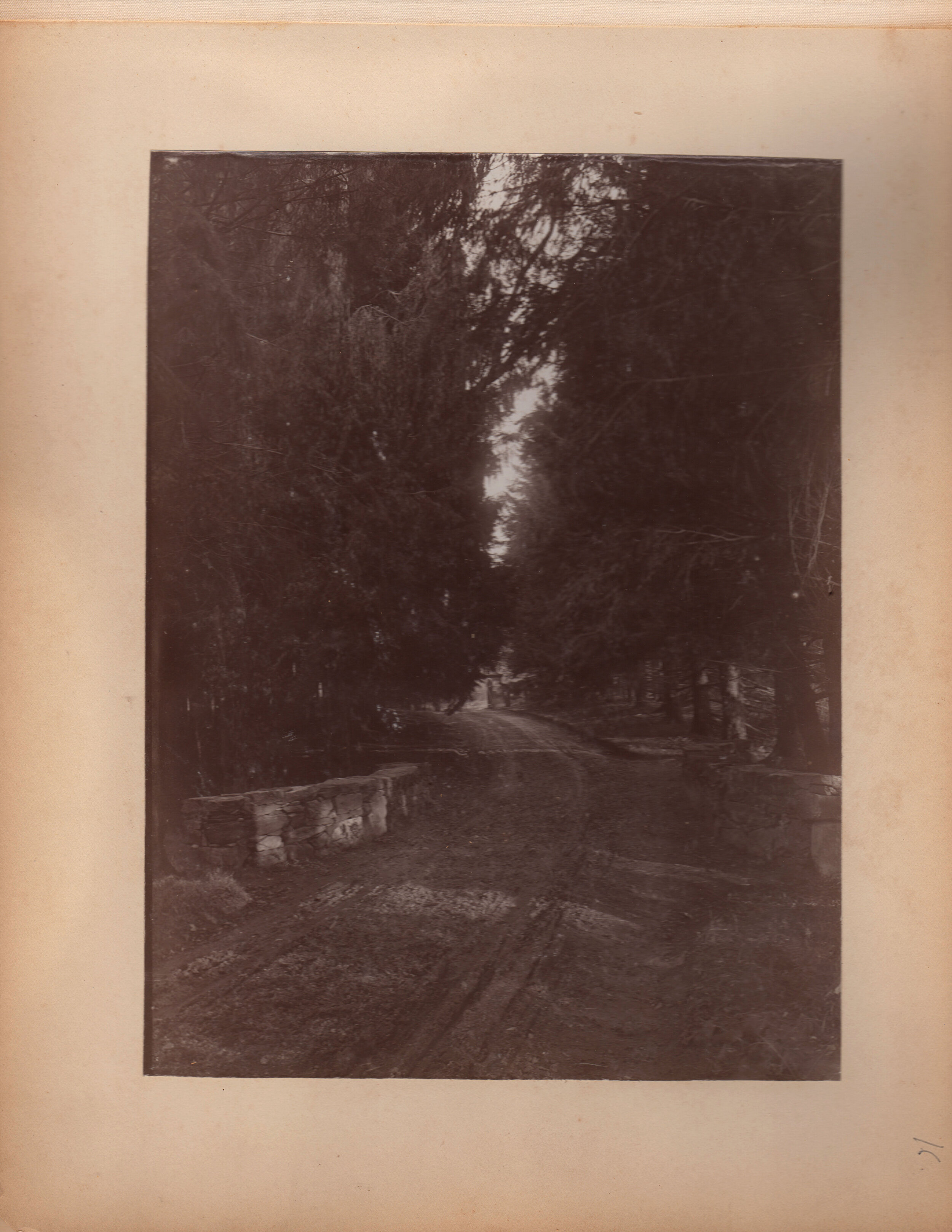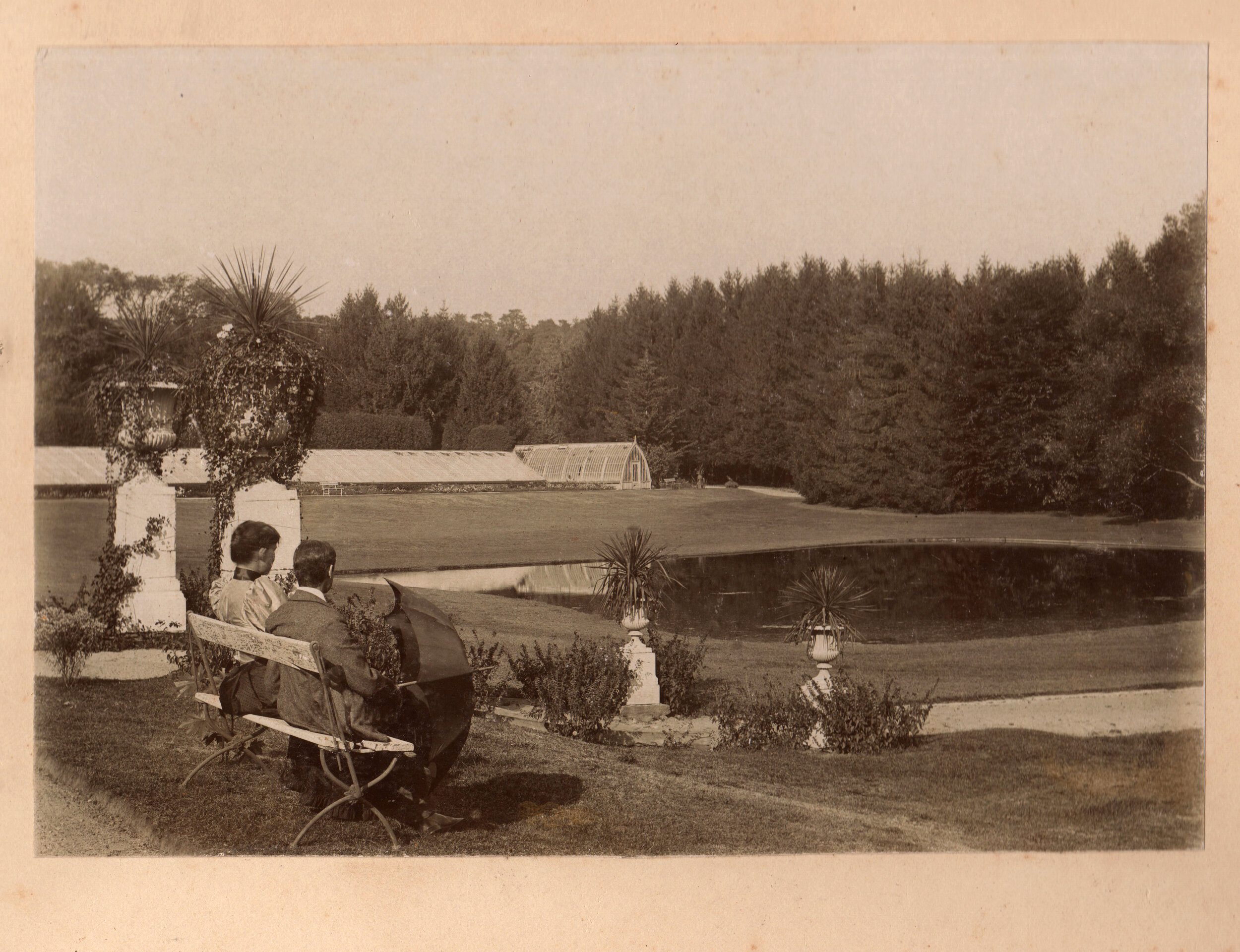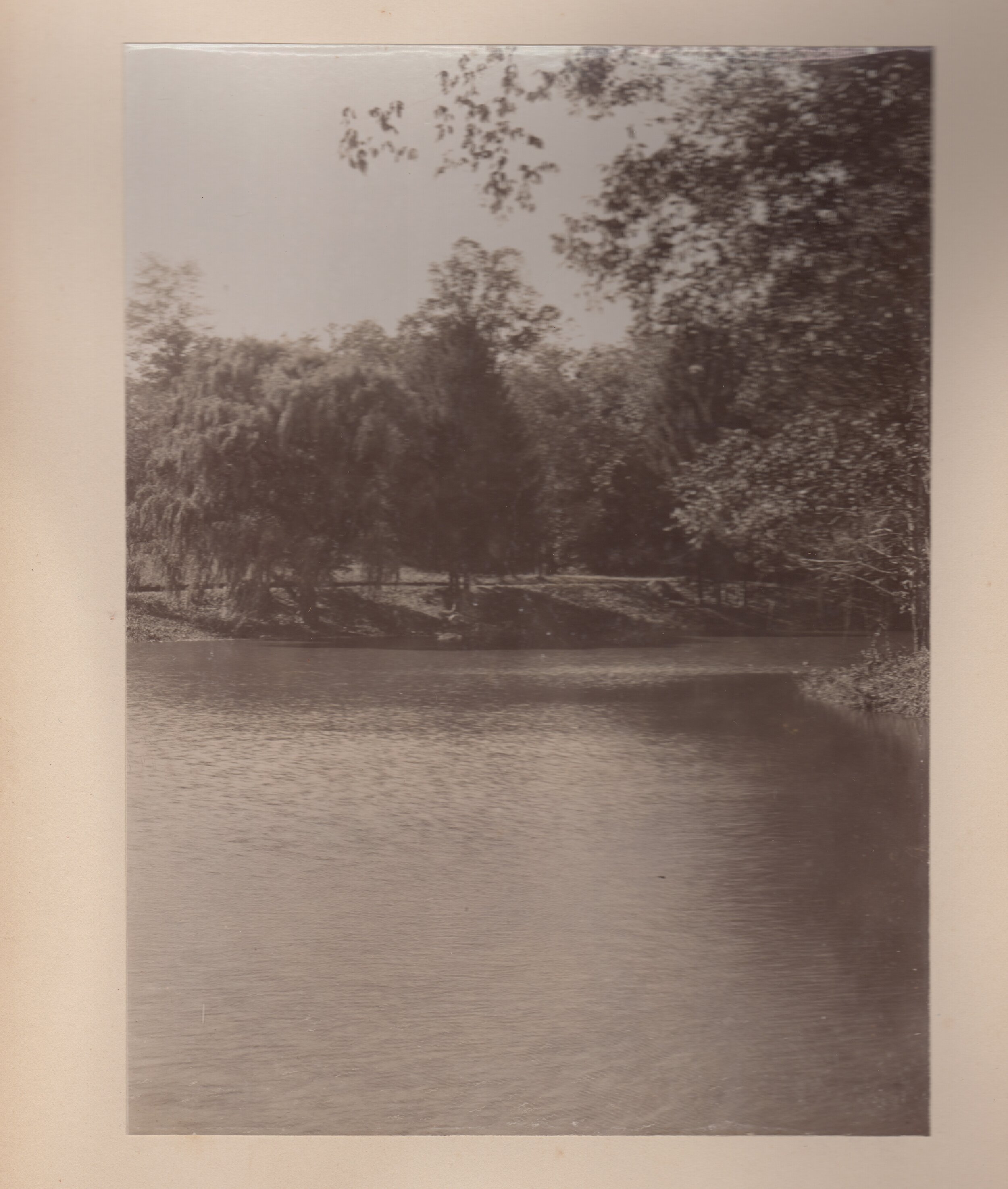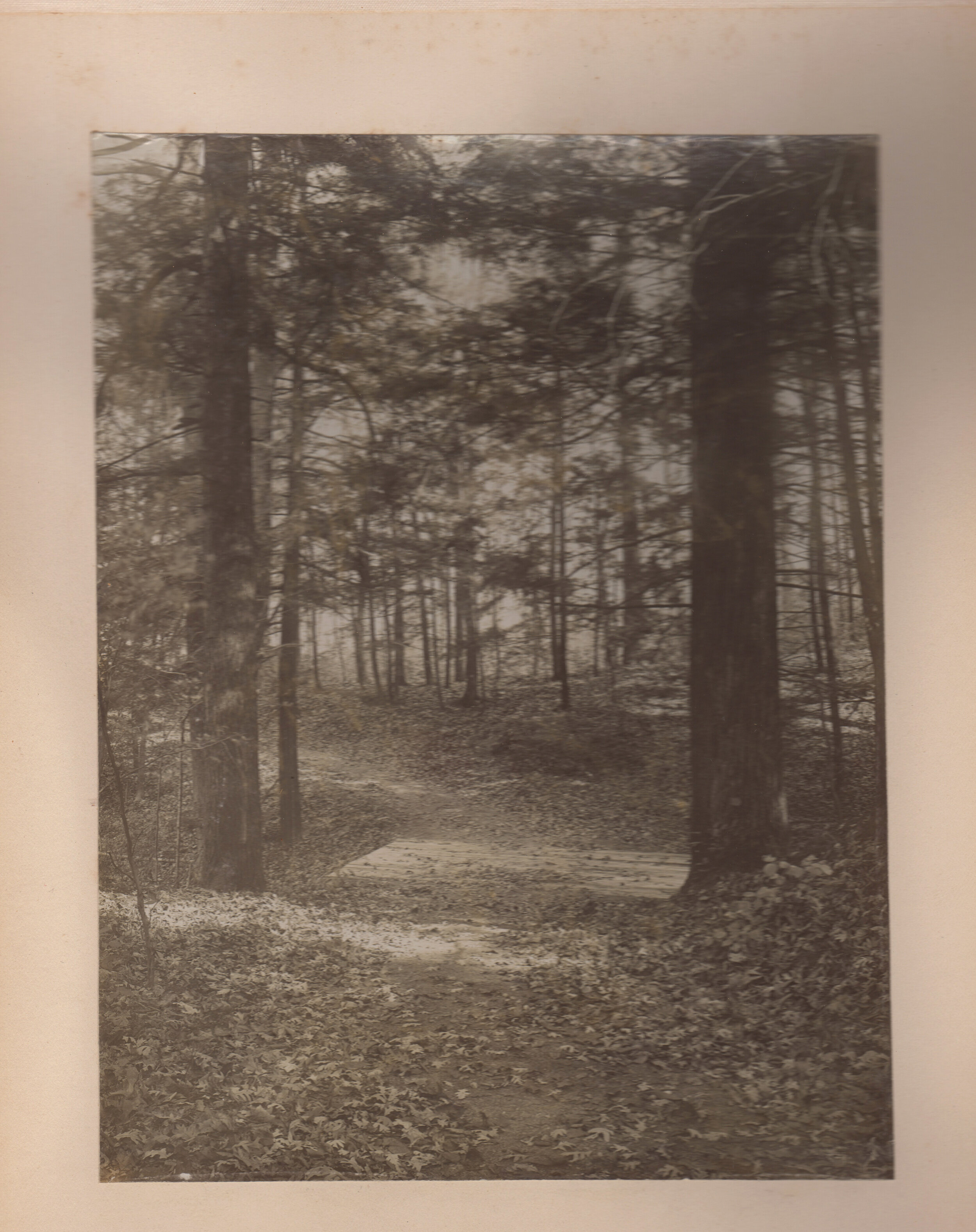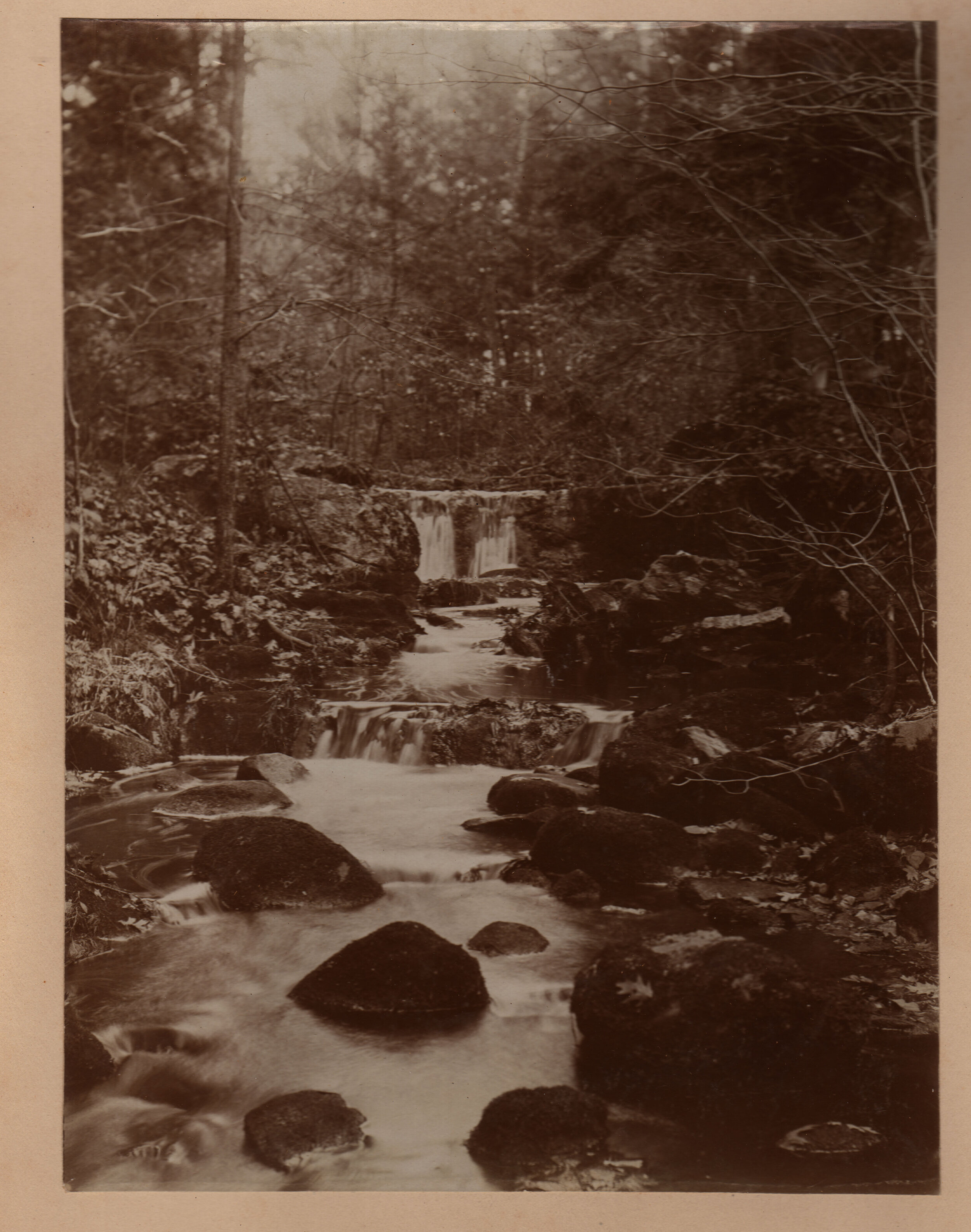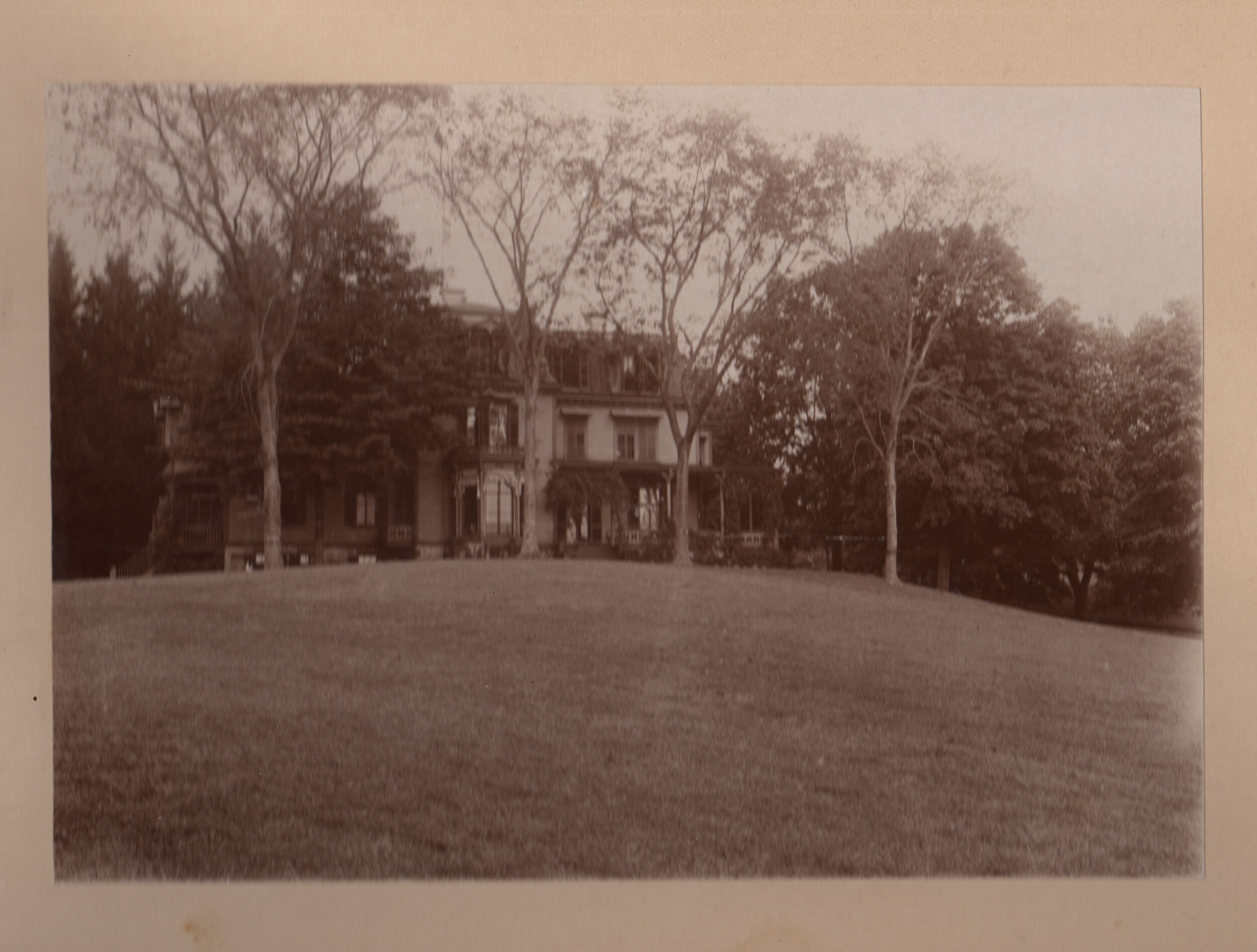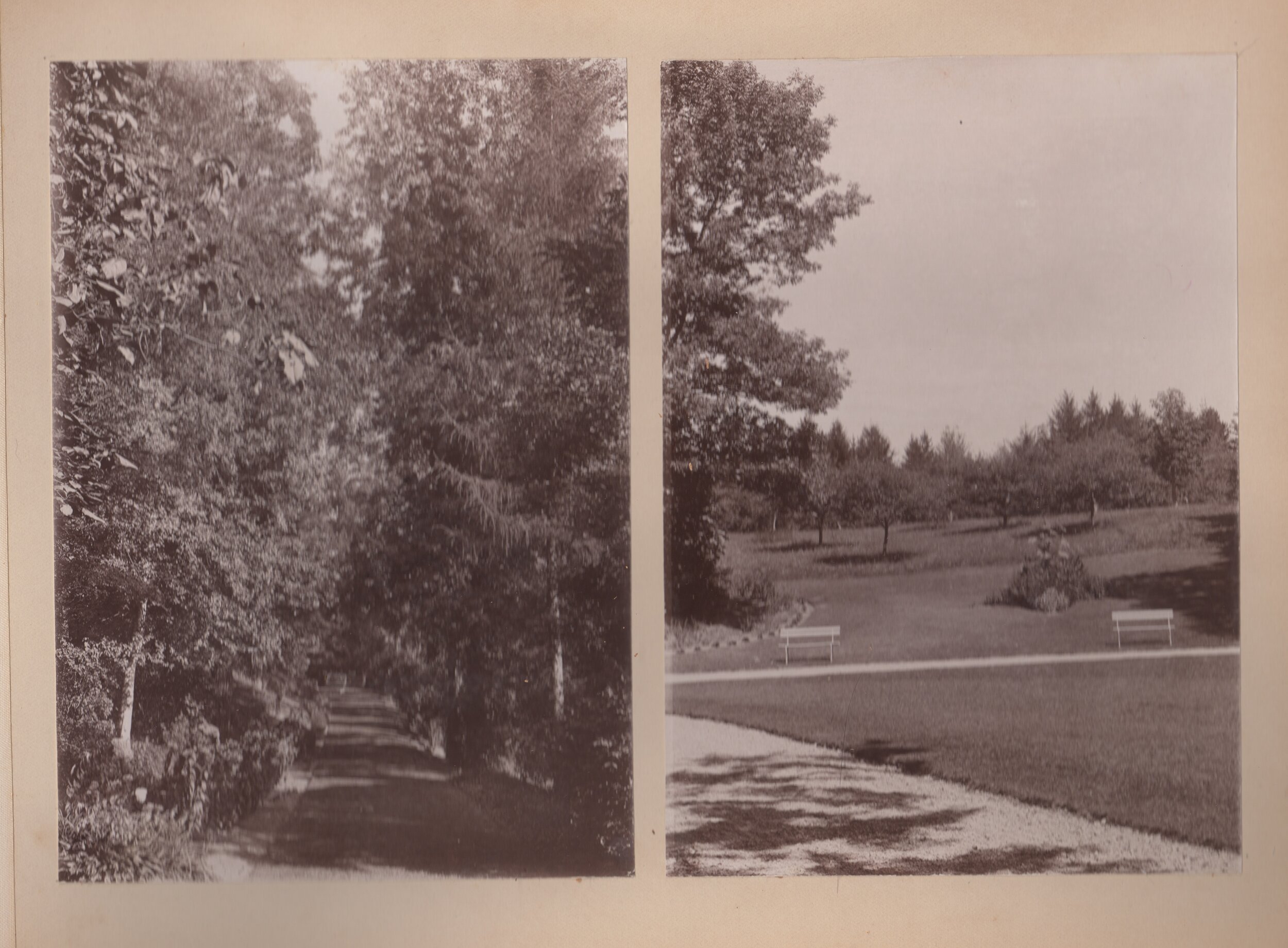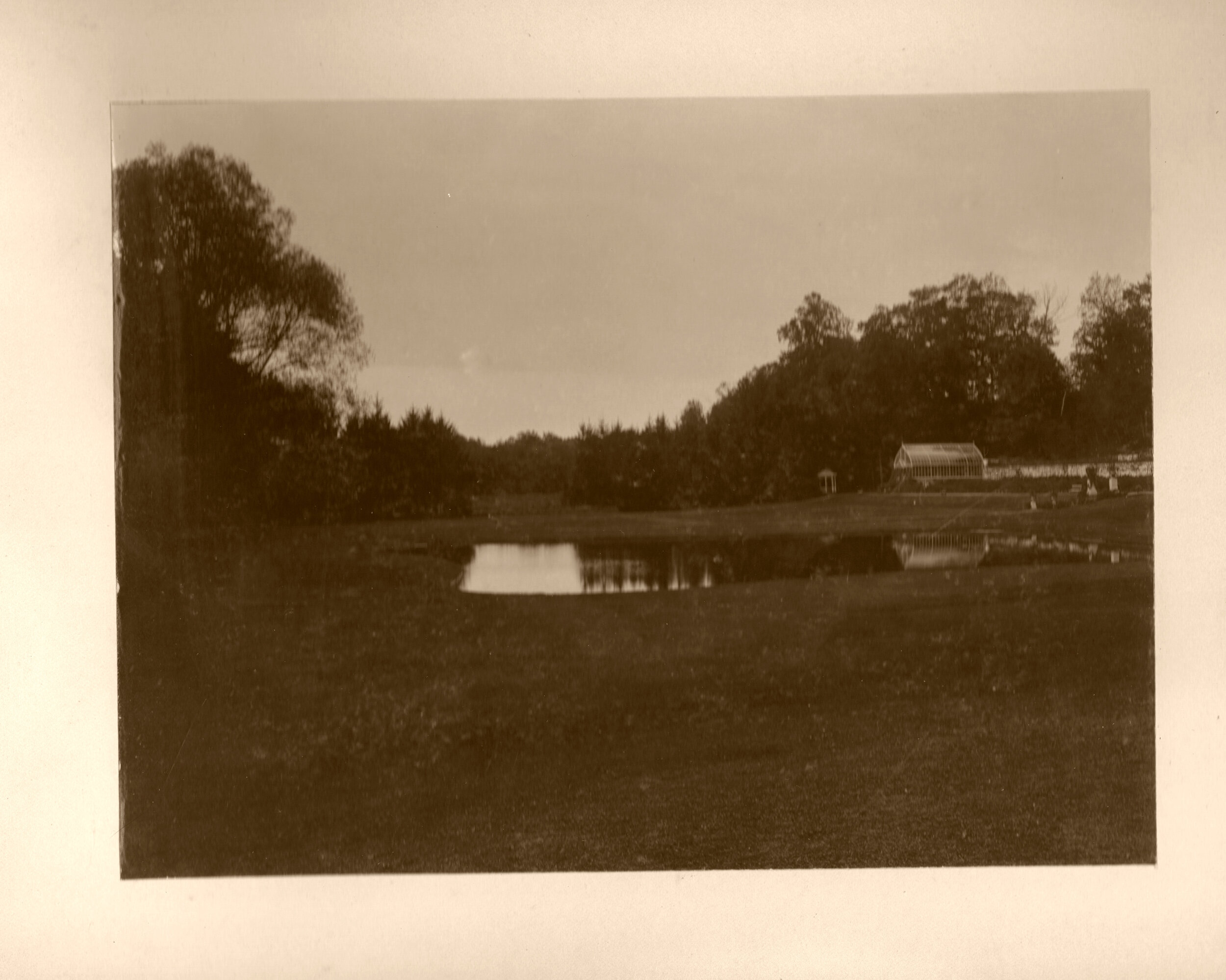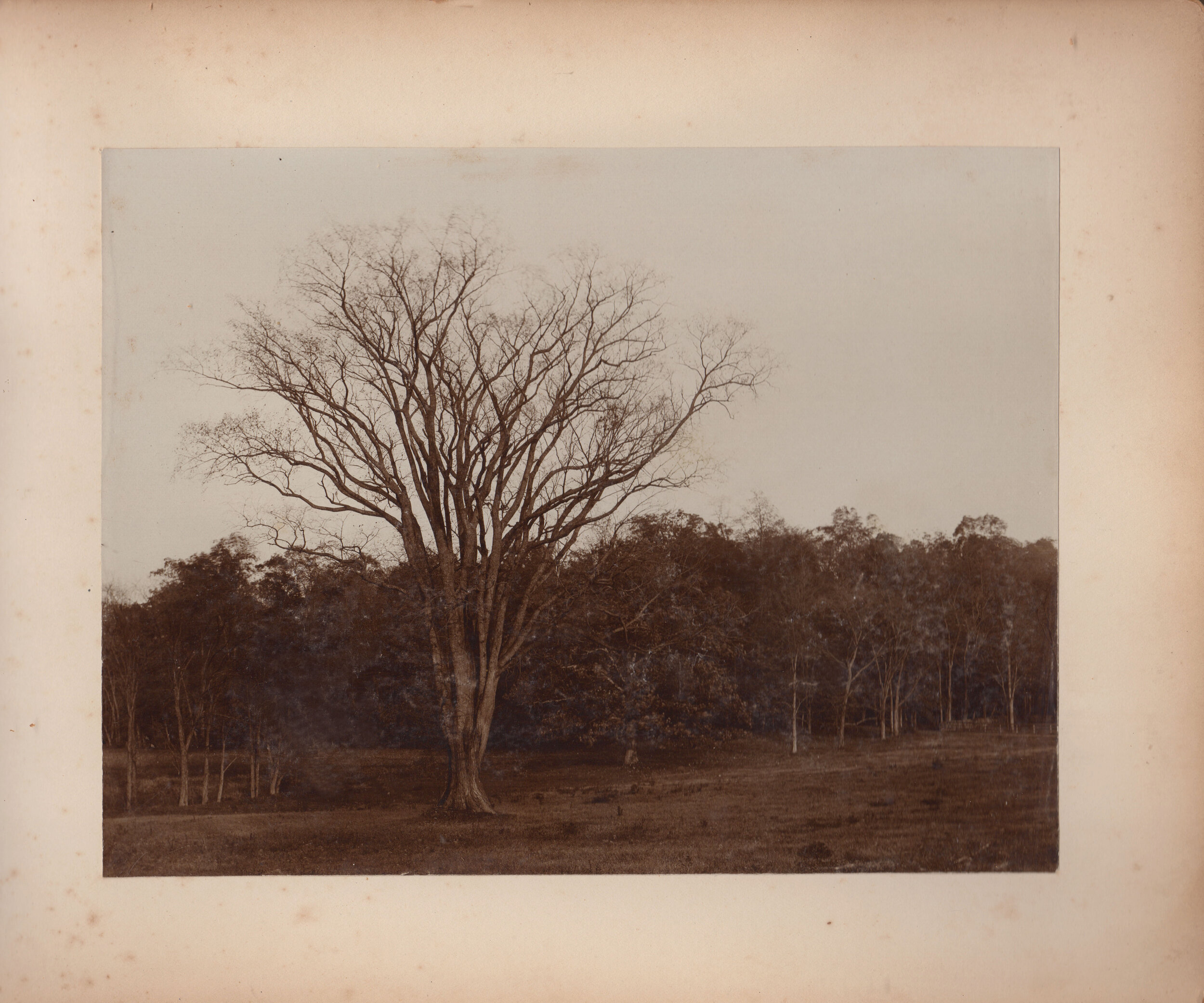Dr. Martin Luther King Jr. in Scarsdale, March 31, 1960 and October 29, 1965
/By Lesley Topping
“Darkness cannot drive out darkness;
only light can do that.
Hate cannot drive out hate;
only love can do that.”
—Martin Luther King, Love Your Enemies sermon, Scarsdale Baptist Community Church, 1960
Dr. Martin Luther King Jr. at the Abbott House benefit. From the left is Scarsdale resident John Marqusee, one of the event organizers, Arthur Litt, president of Abbott House Board of Directors and County Executive, Edwin Michealian. Scarsdale Inquirer, November 4, 1965.
The Reverend Dr. Martin Luther King Jr. is praised around the world for his work fighting for interracial harmony, civil and voting rights, and an end to racial segregation. As an advocate of non-violence, Dr. King was awarded a Nobel Peace Prize just four years before his life was cut short by an assassin's bullet on April 4, 1968.
Dr. King spoke throughout the country, and many Scarsdale residents may be unaware that he visited Westchester County several times between 1956 and 1967. Although Dr. King is widely celebrated today, he was very unpopular in many regions of the country, including Westchester, during the heyday of The Civil Rights Movement. He was denounced as a socialist for his anti-poverty campaign and opposition to the Vietnam War. However, some forward thinking people from Scarsdale realized that the struggle for justice was not limited to the Southern United States and were eager to support and spread Dr. King’s message. Two of Dr. King’s visits were arranged by Scarsdale residents active in the fight for civil rights.
On March 31, 1960, Dr. Martin Luther King Jr. delivered a version of his famous and controversial sermon, Love Your Enemies, to an overflow crowd at the Scarsdale Community Baptist Church at 51 Popham Road in Scarsdale. According to journalist Andy Bass, who wrote about Dr. King’s visits in The Westchester Historian (Spring 2018), the Reverend M. Forest Ashbrook was instrumental in bringing Dr. Martin Luther King Jr. to Scarsdale in 1960. Rev. Ashbrook was a resident of Edgemont and a member of the Fellowship of Reconciliation, a pacifist organization known for its civil rights work that challenged segregation laws in the South. Ashbrook initially wrote to civil rights leader Bayard Rustin, who was also a member of the Fellowship of Reconciliation. Rustin was an early advisor to King, and he organized the freedom rides beginning in World War II to integrate busing in segregated states. He was also the lead organizer of the March on Washington For Jobs and Freedom in 1963, where Dr. King delivered his powerful I have a Dream speech. Rustin was posthumously awarded the Presidential Medal of Freedom in 2013 by President Obama.
It would take fourteen months of letter-writing persistence by Rev. Ashbrook before Dr. King’s visit was confirmed. During his visit, Dr. King had dinner with one of his book editors, Eugene Exman, who lived on Old Army Road in Edgemont. Their collaboration led to the publication of King’s 1963 book, Strength to Love which includes his sermon, Love Your Enemies.
In 1965, as the civil rights movement was shaking the nation, two Scarsdale residents played a role in inviting Dr. King to speak at a fundraising dinner for Abbott House, an organization—still operating today—which provides social services to children and adults. The agency had acquired a new location in Irvington in 1963. The fund raising dinner was held at Schrafft’s Restaurant in Eastchester where Dr. King gave a speech titled the Dignity of Family Life —the Fountainhead of a Just Society to an audience of some 600 people.
Scarsdale Inquirer, September 23, 1965
However, Dr. King’s visit did not make the front page of the Scarsdale Inquirer. The announcement of the dinner in his honor was reported on September 23, 1965 on page 18, and later only a paragraph and photograph was published after the event on November 4th on page 3. As reported in the Inquirer, the dinner committee included Mrs. Ogden Reid and Mrs. Richard Ottinger (both of them congressmen’s spouses), Robert F. Kennedy, and Jacob Javits. Many Scarsdale residents and village officials attended the dinner. John Marqusee, a Fox Meadow resident who was a board member of Abbott house, and his friend Robert Ostrow, also from Scarsdale, helped initiate the invitation. They also hosted receptions for Dr. King, Bayard Rustin, Julian Bond and other leading activists before the dinner.
Outraged by the violent reaction to the non-violent Civil Rights Movement, Robert Ostrow and John Marqusee decided to join the protest march from Selma to Montgomery led by Dr. King in March, 1965 to promote non-violence and Black voter registration in the South. During the march they were able to present Dr. King with a scroll from the Eastview Junior High School in White Plains. It read “To future voters of Alabama. We, the students of Eastview Junior High School, wish to express our deepest sympathy for your righteous and gallant efforts towards the equality and dignity of man.” It was signed by officers of the school's general organization as well as about 400 other students.
Many people throughout Westchester felt compelled to show their alliance with the ongoing protests. The Scarsdale Inquirer headlined that 500 people had walked for a mile in White Plains in sympathy with the protestors marching in Selma in 1965. They were led by Scarsdale students Hilary Ballon, age 9, her sister, Carla, age 8, and their father Charles Ballon. A Scarsdale resident at the walk was quoted as saying “This march was planned to show our sympathies with those who have worked and died for constitutional rights in the South.”
An article about Robert Ostrow’s participation in the civil rights movement. White Plains Reporter Dispatch, August 1965
Robert Ostrow, who lived with his family on Montrose Road in Greenacres, volunteered in 1964 as an attorney for representatives of the Student Nonviolent Coordinating Committee (SNCC) during the Freedom Summer voter registration drive. He traveled the perilous back roads of rural Mississippi with activist Kwame Ture, (formerly known as Stokely Carmichael), to help bail SNCC-trained Civil Rights Workers out of jail. Some of his harrowing experiences were reported in the New York Times, Reporter Dispatch and Scarsdale Inquirer.
Martin Luther King Jr.’s courage, work and words still resonate strongly in the continued struggle for racial equality, civil rights, economic justice, and world peace.
The 30-foot metal sculpture with words of Dr. King that stands near Lincoln Center in Manhattan was created by William Tarr while he was living in Scarsdale in 1973.
NOTES
For a recording and text of Dr. King’s sermon Love Your Enemies click here.
For a recording of Dr. King’s invocation at the Abbott House Dinner in 1965 click here.
Archives of the Scarsdale Inquirer can be searched here.
SOURCES
Andy Bass, MLK Visits to Westchester, 1956-1967, The Westchester Historian, Spring 2018.
For information on King’s visit to the Scarsdale Baptist Church in 1960 see Andy Bass’ blog here.
500 March to Demonstrate Sympathy with Selma Walk. Scarsdale Inquirer, March 25, 1965.
Selma Scarsdale Marchers Greeted by Defiant Confederate Flag. Scarsdale Inquirer, April 1, 1965.
Selma, Alabama… More Than Headline To a Volunteer Lawyer from Scarsdale Lawyer. White Plains Reporter Dispatch, August, 1965.
Dr. King to Speak Here at Dinner in His Honor. Scarsdale Inquirer, September 23, 1965.
Civil Rights Leaders Speaks. Scarsdale Inquirer, November 4, 1965.
Negro-Jewish Relations. (Rustin Speaks at Westchester Reform Temple). Scarsdale Inquirer, November 16, 1967.
Reliving Volunteer Work in the South. New York Times, June 16, 1995.
